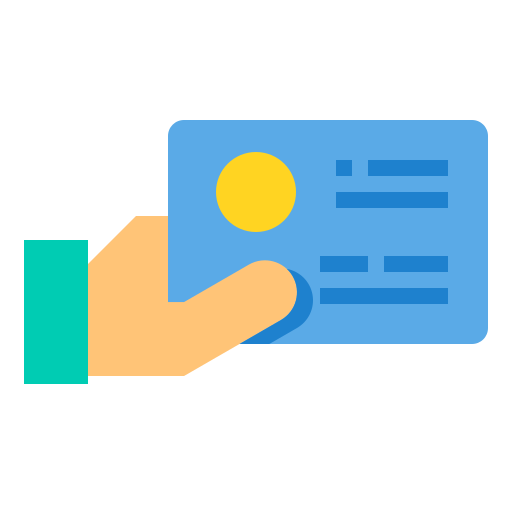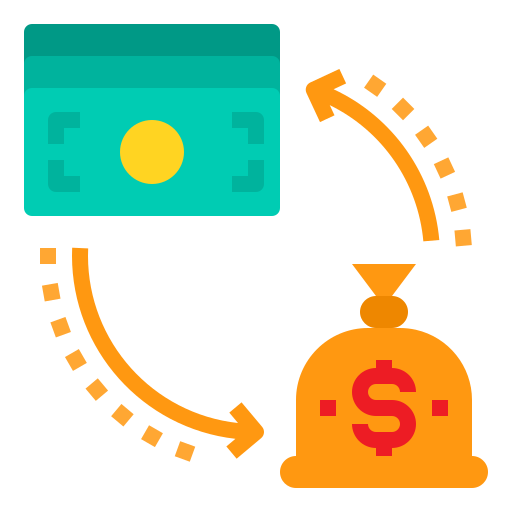Second Mortgages
AnnieMac Education Center
In its simplest terms, a second mortgage is a way to turn your current home equity into available funds without actually selling your home. Essentially, a second mortgage uses your home as collateral to create a second loan. A second mortgage increases your total debt and must be paid back to reduce the chance of foreclosure. In the event of bankruptcy or foreclosure, it is second in line to be paid off behind your first mortgage.
Why Should I Take Out a Second Mortgage?
In the right situation, a second mortgage can be very helpful to current homeowners who need some financial help. Here are some situations where a second mortgage may be the best option:
-

Paying off credit card debt
Second mortgages have lower rates than the typical credit card, so a second mortgage can help you consolidate your debt and pay off higher-rate cards.
-

Revolving credit expenses
A home equity line of credit can give you access to revolving credit as long as you keep up with your payments. This option is beneficial if you need to pay off a home repair bill or tuition payments.
-

You are unable to get a cash-out refinance
Cash-out refinances usually have lower interest rates, but your lender may reject you for a refinance due to eligibility requirements. A second mortgage may be your only option to get the cash you need.
The Role of Home Equity
Your home equity determines how much money you can take out on a second mortgage. Once you close on a home loan and start making your monthly payments, the amount of principal balance that you have paid off is your home equity.
To calculate your current equity on your home, subtract the amount that you've paid toward the principal balance from the total amount you borrowed. The interest you pay on your mortgage does not count towards your home's equity.
Your home equity can increase over time if you are in a growing real estate area or if you make improvements on your home. Both of these scenarios can make the market value of your home go up and increase your equity without making extra payments.
How Does a Second Mortgage Work?
When you decide to take out a second mortgage, you are essentially using the available equity you have in your home and putting it toward current expenses. The specific requirements for getting approved for a second mortgage depends on your lender, as every lender is a little bit different. The most basic requirement is that you have some equity built up in your home. You cannot take out a second mortgage if there is no equity available.
Your lender will likely only let you take out a portion of the available equity, depending on what your home is worth and the remaining loan balance on your original mortgage. This is to ensure that there is still a portion of home equity left in your home, normally at least 20%.
To be approved for a second mortgage, the typical credit score needed is at least 620, though different lenders may require a higher score. Higher credit scores help you receive a better interest rate, so consider raising your credit score before applying for a second mortgage.
Types of Second Mortgages
There are two types of second mortgage you can choose from:
- Home Equity Loan: This type of second mortgage let's you take a lump-sum payment from the equity in your home. When you take out this type of loan, your lender gives you a percentage of your equity in cash in exchange for a lien on your property. You will then pay back this second loan in monthly installments with interest just like your first mortgage. Most home equity loans are paid back between 5 to 30 years, depending on the options your lender provides.
- Home Equity Line of Credit (HELOC): This type of loan is not given to you in a lump sum of cash. Instead, it works more like a credit card. Your lender will approve you for a line of credit based on the amount of equity you have in your home. You will then be able to borrow against the credit the lender gives to you.
To make purchases, you may receive special checks or a credit card. With this type of second mortgage, you can treat it like a basic credit card, meaning you can use the money on your line of credit multiple times as long as you pay it back. HELOC loans are only available to a borrower for a predetermined amount of time called a "draw period," where you must make minimum monthly payments during this time. Once the "draw period" is over, you must repay the entire balance that is left on the loan. If you do not pay back the loan at the end of the repayment period, your lender has the right to seize your home.
In Conclusion
While a second mortgage may seem like the best option for you, be sure to discuss all of your options with your lender before committing to this type of loan. Contact us today to discuss your current situation with one of our experienced loan originators.